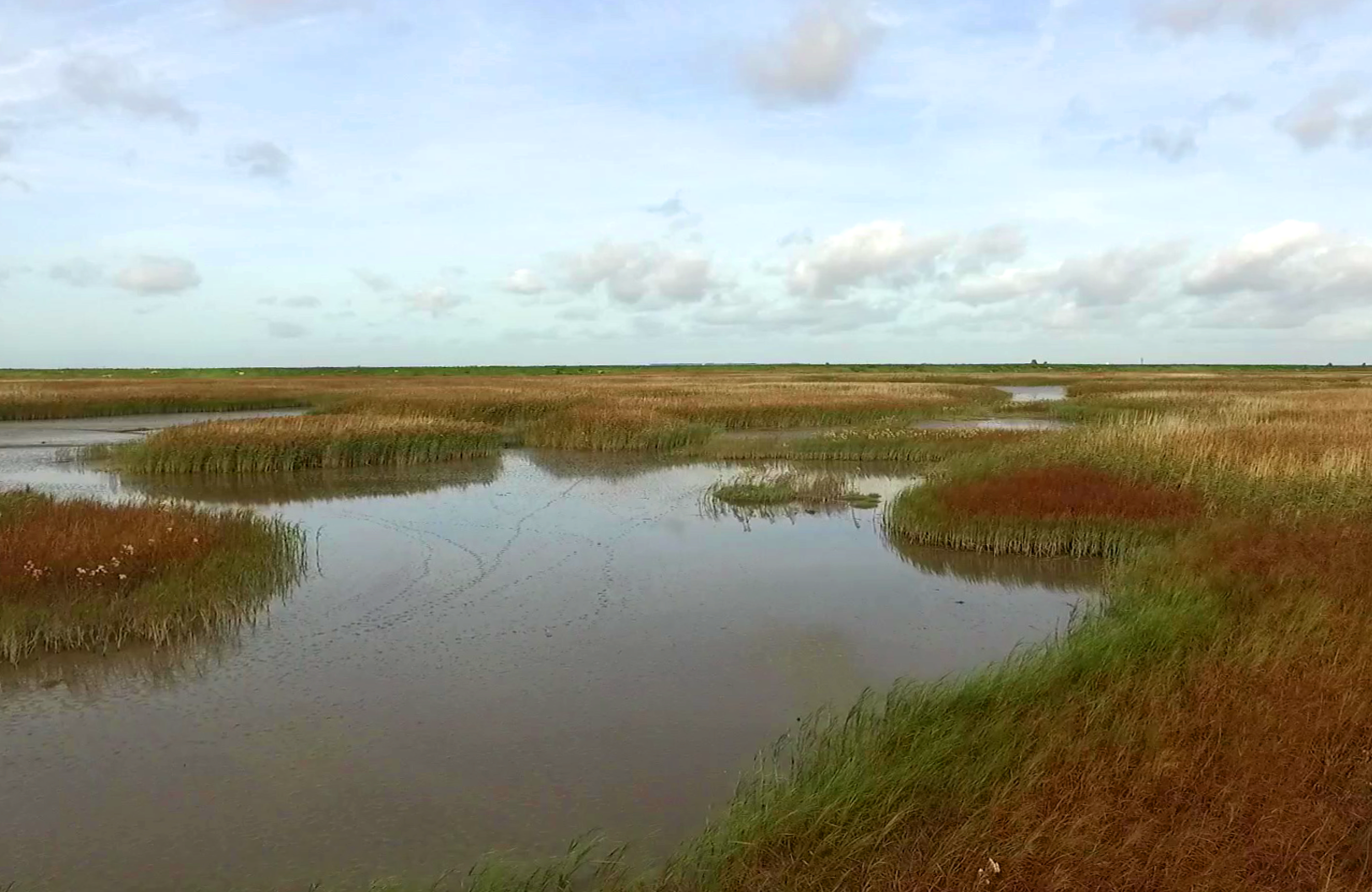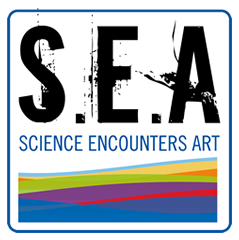Reëel beeld van ontpolderd land
~~~ for english scroll down ~~~
Met zijn onderzoek aan de Hedwige-Prosperpolder op de grens van Zeeland en Vlaanderen, heeft ecoloog professor Johan van de Koppel een voor veel Zeeuwen emotioneel thema in handen. ‘De beslissing om in deze polder natuur te ontwikkelen lag gevoelig, en dat is te begrijpen. Vanwege die emotionele lading is het goed om een reëel beeld te schetsen van hoe deze polder er in de toekomst uit kan gaan zien. En die toekomst ziet er prachtig uit wanneer je onze modelstudies mag geloven.’
Van veld en lab naar een cyberpolder
‘Samen met collega’s van de Universiteit van Antwerpen hebben we gekeken hoeveel water en slib er per getij in en uit de polder zal stromen. Vervolgens kijken we welke planten en dieren zich thuis zullen voelen onder die omstandigheden. Dat hebben we in het veld bekeken, maar ook in het laboratorium. Al die informatie hebben we vervolgens in de computer gestopt om een soort “cyberpolder” te creëren; een beeld van hoe de Hedwige-Prosperpolder er écht in de toekomst uit kan komen te zien.’
Trage ontwikkeling
‘Als we onze berekeningen mogen geloven, zal de natuur in dit ontpolderde land zich traag en behoedzaam ontwikkelen. Kleine bodemdieren zullen de ontwikkeling van planten in toom houden, terwijl die diertjes zelf weer voedsel zullen vormen voor duizenden vogels en andere dieren.’
‘Al met al denken we dat de Hedwige-Prosperpolder een prachtige toevoeging zal zijn aan het Verdronken land van Saeftinghe, dat ernaast ligt. Dit wordt Scheldenatuur die natuurliefhebbers – en dichters! – hopelijk nog lang zal inspireren.’
Meer info over het onderzoek van Johan van de Koppel vind je hier.

Real picture of a polder returning to nature
With his research in the Hedwige-Prosper polder on the border between Zeeland and Flanders, ecologist Professor Johan van de Koppel is tackling a topic that is highly emotional for many people in Zeeland. ‘The decision to develop nature in this polder was a sensitive one, and that’s understandable. Due to this emotional charge, it’s good to sketch a real picture of what this polder might look like in the future. And that future looks wonderful if our modelling studies are to be believed.’
From field and lab to a cyberpolder
‘With colleagues from the University of Antwerp, we looked at how much water and silt will flow into and out of the polder with each tide. Then we investigated which plants and animals will feel at home under these conditions. We studied this both in the field and in the lab. Then we put all of this information into the computer to create a kind of “cyberpolder”: a picture of what the Hedwige-Prosper polder might actually look like in the future.’
Slow development
‘If our calculations are to be believed, nature in this former polder will develop slowly and cautiously. Small bottom-dwelling creatures will keep the development of plants under control, while in turn providing food for thousands of birds and other animals.’
‘All in all, we believe that the Hedwige-Prosper polder will be a wonderful addition to the “Drowned Land of Saeftinghe” that lies next to it. It will be a natural Scheldt landscape that will hopefully inspire nature lovers – and poets! – for many years to come.’
More information on the research of Johan van de Koppel you will find here.

SEA Art tour Dichter bij Zee
By differtent poets
Dichter bij Zee is an open-air art project held annually close to the sea. For inspiration, this year the ten participating poets have been paired with NIOZ scientists . A "Dichter bij zee" brochure has been produced (in Dutch) and is available at Strandpaviljoen Paal 9. Read more ...